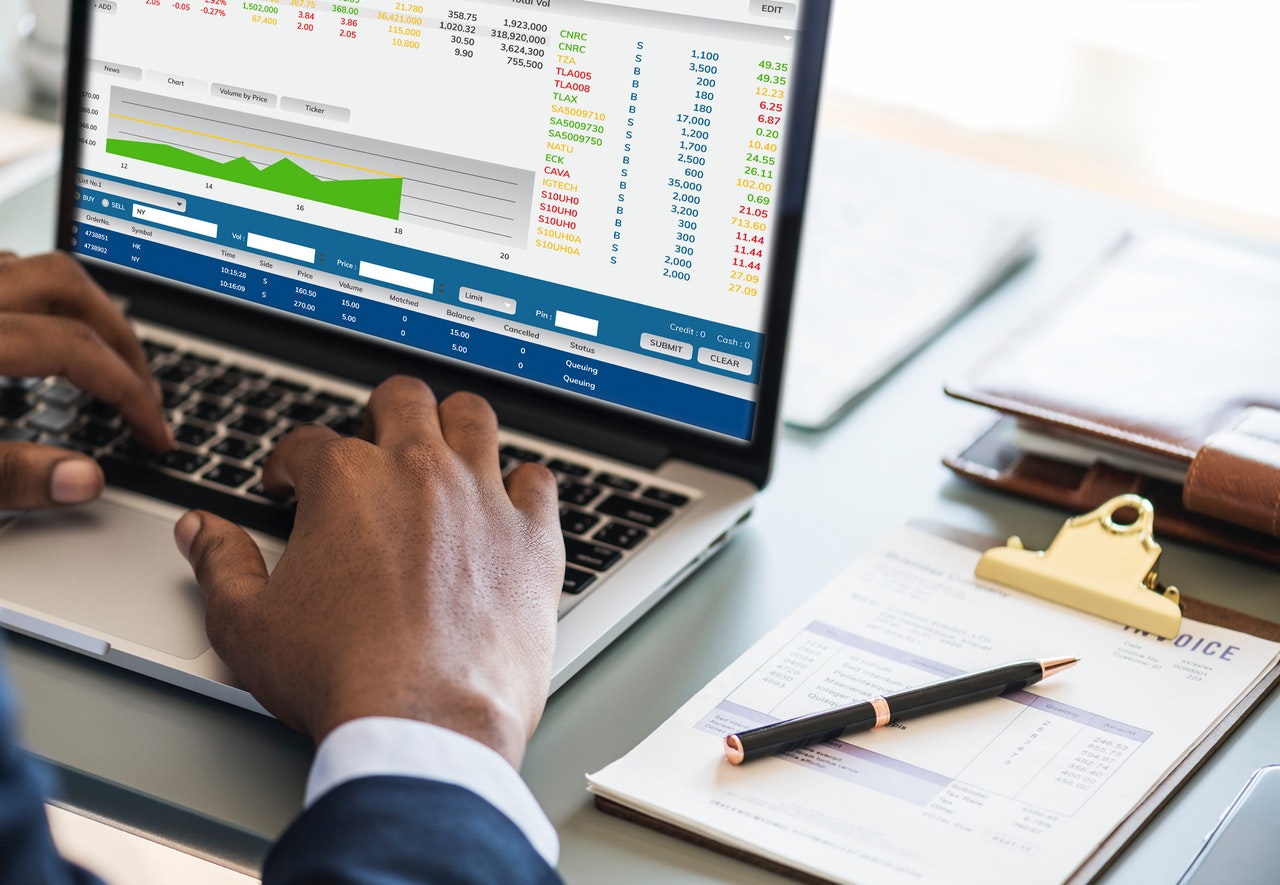What is Fundamental Analysis and How do you Trade it?
Fundamental analysis is the evaluation of the value of an asset based on factors that include new information, macro events, and monetary policy. This is a broad-based analysis that differs from technical analysis which is the evaluation of price based on historical prices. The fundamental analysis differs depending on the asset.
What is Fundamental Analysis?
Fundamental analysis focuses on broader concepts to determine the value of an asset. For example, the fundamental analysis of currencies is based on the interest rate differential between each currency countries. This requires some knowledge of economic factors that could drive future interest rates. The fundamental analysis of stocks measures the future discounted cash flows of a company. This also is a function of interest rates but also includes the company’s ability for a company to execute. If a company is unable to produce its good or service, the future discounted cash flows will decline.
How do You Measure Currency Fundamental Analysis?
The fundamental analysis that is used in the currency markets is based on interest rate differentials. These are the short or long-term interest rates that are used in each country (or union). For example, currency, overnight rates in the US are 2.25/2.5% compared to the overnight rates in the European Union which are negative 0.35%. This means that different between US and EU short-term interest rates are 2.60/2.85%.
When you trade currency pairs, you are long one currency and short another currency. If you have a long dollar position and a short Euro position, you will be earning 2.60% at a minimum, excluding factors such as the spot rate in the currency pair. So if the exchange rate remains static for 1-year, you would earn at least 2.6%. If you are short the EUR/USD you will be paying away this amount over the course of a year. This would mean that you believe the currency pair would move more than this amount if you are short and you plan on holding the currency for a year. If you plan on holding the short position for 1-month you would need to make more than 2.60%/12.
How to Gauge Interest Rates
The way many traders determine a future view of interest rates to gauge the interest rate differential is to follow economic data that could alter monetary policy. Monetary policy is the view of a central bank and whether it’s likely they will alter short term rates. Central banks do not control interest rates that are longer than the overnight lending rate. These are controlled by the markets.
Markets will react immediately to new information such as economic events, which will alter the interest rate differential beyond the overnight rate. With this in mind, if you are a currency trader, that is keen on using fundamental analysis, you would want to follow economic data that influences the country of a currency pair you plan to trade.
If you plan on trading using fundamental analysis you need to determine the events that could alter the asset you plan to trade. For stocks, it might be earnings, for commodities, it could be supply and demand measurements, and for currencies, its interest rates and the economic events that could alter these values.

